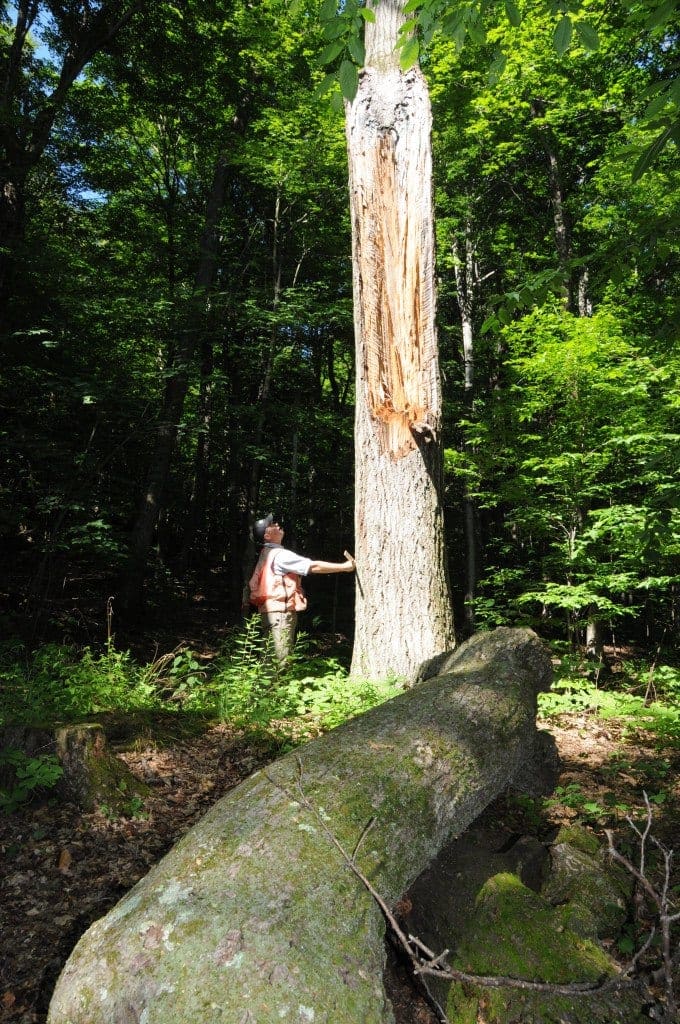A timberland appraisal is an estimate of a property’s value, including marketable and pre-sales timber. It’s usually done to obtain the value of timberland that the property owner plans to purchase or sell. People need these appraisals for insurance, tax, financing, or litigation purposes.
However, appraisals done for other purposes may differ in their final valuation. For example, an estimate to calculate the value of a partial partnership interest will come back with a different absolute bargain than an appraisal for the value of genuine ownership interest. But the appraisal techniques used in these specific situations are the same—only with varying styles that may be more appropriate.
Identification of the Property
During the identification period, the appraiser should identify the property to come up with an accurate value for it. They may also have to know the reason or purpose of the appraisal, where you would use the fund later on. If you’re asking for an estimate done for insurance purposes, then the insurance company may only be ensuring a portion of the whole property.
If that’s the case, the appraiser may evaluate only a piece of your property, separately from other parts such as the land and timber.
The appraiser should know the property’s limits, where it ends and begins. They should also know about what’s on the property, if there are any buildings erected, or trees, and the effective date of the appraisal. Once every detail needed has been completed, they should be able to provide the value after proceeding to the valuation of the property.
Valuation of the Property
Appraisers use various methods to determine a property’s value. They don’t base it on how the property looks after an inspection or who the owner is. Instead, they use three valuation methods: The Income Capitalization Approach, The Cost Approach, and The Sales Comparison Approach.
All three methods have limitations depending on the characteristics of the subject property and existing market conditions. There are massive changes when the stocks go up or down. There might also be a difference if the property is in an area where people don’t usually go or is secluded.
Generally, real estate appraisals (including timberland appraisals) use a combination of the three valuation techniques. Appraisers would then need to evaluate recent timber and timberland sales while calculating the hypothetical cost of producing a substitute property.
In the end, the appraiser will estimate the potential future income provided by the amount, age, and quality of saleable timber within the property.
Getting the Final Value
After a thorough evaluation of all the presented details, the appraiser will prepare a final appraisal. Although there are three valuation methods available, the appraiser will choose among the three which best suits the scenario at hand to come up with a final value. Of course, the decision will heavily depend on the primary purpose of the appraisal.
Conclusion
Getting a property appraised for its value is always a great business move. Regardless of your goals and intentions, hiring a professional appraiser should be able to give you the best results possible. Having a figure in mind can even make you a better negotiator.
Also, keep in mind that timberland appraisals adhere to the same basic principles as any other real estate appraisal. Therefore, it means that some details and considerations of appraising timberland may be unique.
For over 18 years, Future Forest Consulting Inc. has been creating partnerships with forest landowners across New York State to ensure the perpetual stewardship of their timber and wildlife values. From timber sales to land clearing services, we’re dedicated to providing better options for our clients. Contact us today, the #1 source for forest management in New York and surrounding areas.

